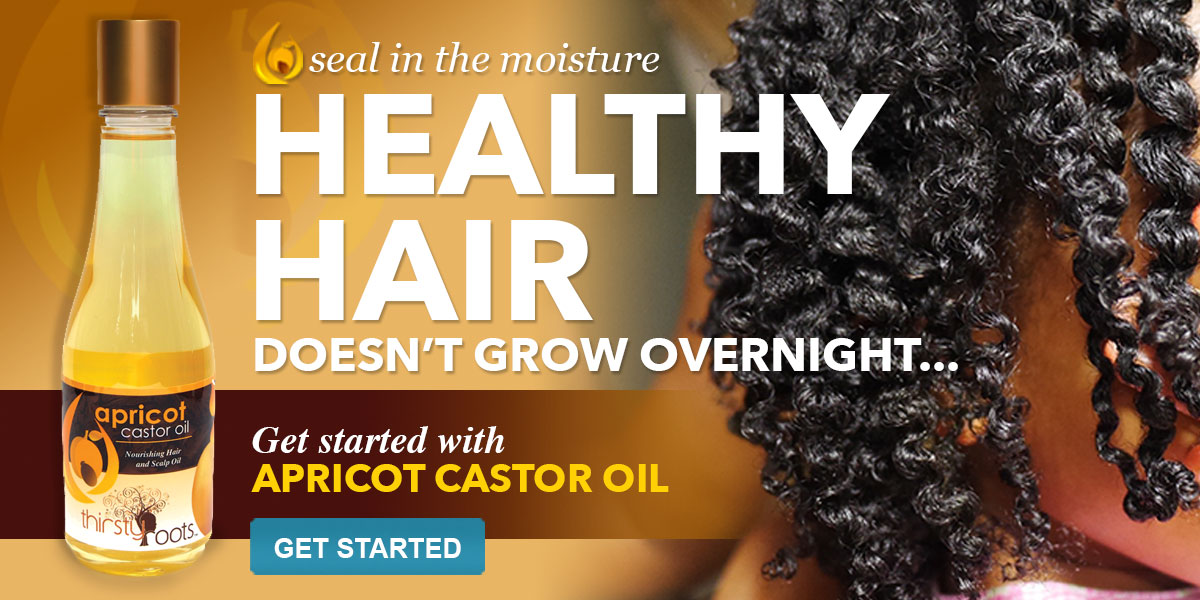What does it mean to seal in moisture?
Well, before we get to sealing, lets understand how to add moisture to the hair first.
Defining Moisture
Some people do not understand, that in order to hydrate the hair, you must add water.
Water is the only ingredient needed to moisturize the hair strands. Before adding any products, to make sure moisture is properly added to the hair, add water.
To achieve moisture, the hair does not have to be soaked. It’s actually better to just dampen the hair. The best way to do this, is to spritz the hair with a spray bottle that’s filled with distilled or filtered water.
What About Moisturizing Hair Products: Creams, Lotions, & Hair Milks
Any water-based moisturizing hair product will aid in obtaining moisture in the hair. However, don’t forget to add water first.
So what is water-based?
Hair creams, lotions, and milks that have water as the first ingredient, are water-based products. This means that water is a primary source in the product’s recipe.
Having water as a key ingredient, helps the product to penetrate into the hair strands.
The proper moisture balance provides the hair with hydration, strength, and elasticity.
However, evaporation of moisture happens as soon as your hair enters the various heat and windy outdoor weather conditions.
Therefore sealing in the moisture with a sealant such as Apricot Castor Oil with help prolong the hair from drying out.
How to Seal in Moisture with Apricot Castor Oil
 Lock it in with twists, braids, or bantu knots
Lock it in with twists, braids, or bantu knots
After moisturizing your hair, add Apricot Castor Oil to small to medium sections. Then twists, braid, or add bantu knots to each section. Allow the sections to stay in at least overnight or sit under a dryer 20-30 minutes to lock in the moisture.
Make sure your hair is mostly or completely dry before taking out each section. This allows the moisture to penetrate the hair strands and the coating of the oil helps seal the moisture.
The benefit of using twists, braids, or bantu knots to seal in moisture, after the hair drys and you take them out, you have beautiful, soft, wavy or curly hair to style.
 Deep condition with the hot oil treatment method
Deep condition with the hot oil treatment method
Things You’ll Need For A Basic Hot Oil Treatment:
- Nourishing Oil Blend (i.e. Apricot Castor Oil)
- Hot Water
- Medium Heat Safe Pot or Bowl
- Small Heat Safe Bowl or Bottle (i.e. glass or ceramic)
- Spray bottle filled with water (preferably filtered or distilled)
- Plastic Shower Cap
- Towel (optional)
- Hooded or Bonnet Hair Dryer (optional)
Steps To Apply The Hot Oil Treatment:
- Put the oil in the small heat safe bowl or bottle
- Boil or heat up about 2 cups of water in a pot or bowl (just enough water the small container of oil can sit into)
- Place the small container of oil in the pot or bowl of hot water for 1 to 2 minutes (just enough to get the oil warm not too hot; you don’t want to burn yourself)
- Divide hair into small to medium sections
- One section at a time, spritz your hair with water, then apply the oil from your roots to ends (no need to drench your hair in oil; use small amounts in each section; a lot goes a long way)
- Then massage some oil into your scalp for a few minutes
- Divide your hair in to 4 sections, twists and bantu knot each section, then secure with a clip, hair pin, or elastic band.
- Cover your hair with the plastic cap
- Now, to seal in with heat, you can do 1 of 3 things:
- One: Wet a towel with hot water, ring it out, and wrap the towel around your head. Allow it to sit for 30 minutes.
- Two: Sit under a hooded or bonnet dryer, on warm heat, for 30 minutes
- Or Three: Cover you head with a satin scarf (maybe double scarf), and let it sit overnight while you sleep
- After one of those heat treatments, rinse the oil out, then shampoo and/or condition your hair
 Add to the conditioning process after shampooing
Add to the conditioning process after shampooing
For an extra layer of nourishment, you can add Apricot Castor Oil to your favorite conditioner or deep conditioner.
The best way to do this, is to mix 1 cup of conditioner and 1 tablespoon of oil in a bowl.
Then, after shampooing, follow the conditioning steps directed on the product.
It’s that simple.





